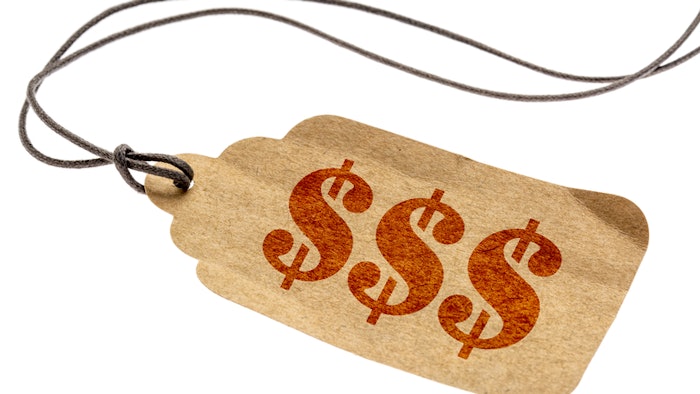
Wellness offerings and experiences have continued to expand across all major markets post-pandemic. While everyday wellness can be accessible to many, there is a growing wellness market that is more exclusive and expensive than ever before.
Related: Wellness Tourism Market Predicted to Reach $1.02 Trillion by 2030
With $4,000 a night room rates at wellness hotels, $75 million wellness condos, $200,000 cosmetic procedures and an increase in private wellness social clubs, the wealth disparity gap is notably growing, according to the Global Wellness Summit's Mid-Year 2022 Trends Report.
The Global Wellness Summit (GWS) report reveals that a "new post-pandemic wellness consumer was rising, and that one of their key traits was a fatigue with wellness as elitist hyper-consumerism." People want more accessible and affordable wellness offerings.
"Wealthier wellness" is a direct affect of businesses that service high-income consumers who are not affected by today's common economic issues. While inflation continues to rise, the current luxury market is thriving, in turn causing wellness companies to cater to the ultra-rich.
Virtuoso recently reported that luxury travel is in demand and that high-end travelers plan to spend 34% more in 2023, with wellness-focused trips seeing their largest numbers in 2022. According to the report, "A BUPA Global survey of people in the UK worth more than $1.2 million revealed that they spent an average of $138,000 on health and wellness."
The wellness market appears to be focusing on the high-end consumer, with near-constant openings of new luxury destinations and experiences. Some of the offerings include club membership fees at wellness resorts, psychedelic retreats, medical wellness and high-tech treatments like cryotherapy and stem cell treatments.











